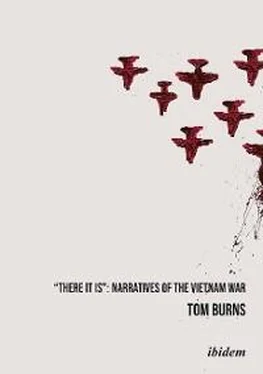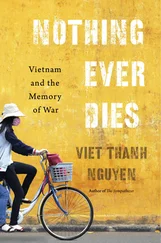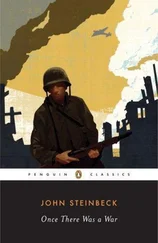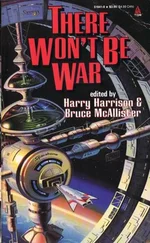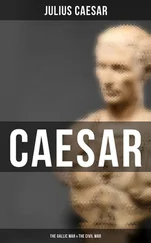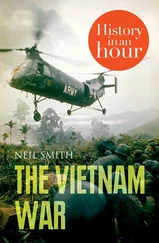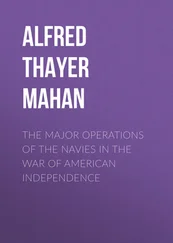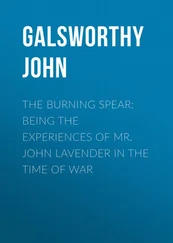For example, after Sidney has failed to obtain a letter of introduction in France from French planters by the name of Armand, he comes into contact with the branch of the family in Vietnam by coincidence. No one will tell him where the plantation is located but he happens to be at the market at the same time as Mrs. Armand (Bebe), who also comes from Chicago, who is having a miscarriage and losing blood, but before driving her to the French hospital in Saigon, he has to resolve an argument with one of the men present (who turns out to be local cadre of the VC), rural types who suppose that Americans support their war. This man supposes that Sidney, who is wearing jeans and has long hair, must have met, or at least seen, his hero Che Guevara, because Che “is a revolutionary hero in America and speaks often at university rallies and in Washington” (108). This comic misunderstanding probably saves Sidney’s and Bebe’s lives.
Bebe’s husband Claude is grateful to Sidney for helping to save her life even though she loses her twin babies, and invites him to the Cercle Sportif , where the French colonial elite once met for drinks, swimming, and tennis but is now dominated by Americans. Claude tells him that two Americans there, who claimed to be rubber-brokers, offered him an astronomical sum for his harvest but were really only interested in political or military information about his area. The French planters have had bad experiences with the Americans, who think that the war is “everybody’ war,” and are expected to collaborate. The planters, however, have to maintain neutrality if they want to continue on their plantations without harassment from the VC. The conversation recalls the talks between Pyle and Fowler in The Quiet American , where the American does all the talking. Like Pyle, Sidney is unable to communicate his vision of the future, his conviction that “America was irresistible,” that the war would “consume all South Vietnam” and there would be “no sanctuaries” (134), implying none for Claude and Bebe. Claude assures him that the revolutionary forces will never give up, but Sidney believes victory is inevitable once America has committed itself to it. “Go away for a few years,” he says, sounding like Pyle, “and when you come back South Vietnam will look like—California!” (135).
The worldly wise Frenchman (a common type in American novels of the war) is skeptical at this “earnest imperialist who believed in California” (100), while Sydney sees Claude and Bebe as pleasant, civilized people who live “between the lines” with their quiet, comfortable life on the plantation, “living as if there were no revolution and no reason to choose sides” (122). As it happens, he will force them to choose sides in spite of themselves and in the process destroy their way of life. To Bebe he says “we live in different countries. I’ve invented one and you’ve invented another, and somewhere there’s a third that’s undiscovered.” “Reinvention is the opiate of the Americans,” she replies (177).
The couple’s unwilling involvement comes about by the capture of an American advisor. An ARVN airborne assault on a VC base camp is botched through bad intelligence, resulting in a number of dead, wounded, and missing, including a Captain Smalley, who happens to be the nephew of a US Congressman, which means an official inquiry will be carried out. The military argues about how to get him back, concerned about his possible propaganda value for the enemy. The Group learns of the incident through Pablo Gutterman, who has lived and worked in Indochina since the mid-Fifties and married a Vietnamese woman. “His information was rarely wrong,” Sidney observes, but since it was obtained from private sources it irritates Rostok. Gutterman also reports that the military has requested the Group for help, which arouses Rostok’s suspicion because it has never done so before. He thinks the military might be looking for someone with whom to share the blame.
Some out-of-the-way information turns up: Claude Armand tells Sidney at lunch on the plantation that one of his workers has informed him that Smalley is being held in the Tay Thanh district. When he asks if Rostok can be trusted, Sidney warns him about his boss’s fixation with power and control, but Claude believes Sidney can be trusted to do the right thing. It turns out that the Vietcong who are holding Smalley do not know what to do with him; as local peasants, they feel “out of their depth” and want to wait for instructions from distant, unsympathetic commissars about what to do with the American prisoner. Sydney receives a message from Claude, as promised, with a map detailing Smalley’s location but nothing else. At a Group meeting, Sydney reveals the map to Rostok, who suspects Claude is the source and wants to take the map to MACV. Gutterman, who understands the nuances better, knows that Smalley would simply disappear if the military were called in and he volunteers to go alone. He had once visited some of his wife’s relatives in the village of Song Nu and would be remembered by his panama hat, which attracted a lot of attention at the time.
Rostok reluctantly agrees and Gutterman goes alone, guided by locals. Smalley is alive but debilitated, and Gutterman has to half-carry him back. Rostok is waiting with a television crew to capitalize on Smalley’s rescue. When Gutterman sees a flight of phantom jets and soon afterwards hears a series of explosions, he realized that “Song Nu had ceased to exist” (234). He is the first victim of Rostok’s betrayal. His wife leaves him and he resigns from the Group, but like Greene’s Thomas Fowler he cannot imagine leaving Vietnam. “He was an expatriate, but that did not make him a colonial. He was an American who worked for Americans, but that did not make him an imperialist” (239), he thinks to himself. He goes from job to job but is persona non grata and eventually disappears.
Sydney also feels guilty over his responsibility in the destruction of Song Nu. He learns that Rostok gave the information to the military for their after-action report. “The map was Claude Armand’s; you were the messenger, and Pablo [Gutterman] the retriever,” Rostok tells him (246-247). In the end, each man had made his choice. Sydney also resigns and the Armands have to leave their home, their plantation, their life. As Bebe tells Sidney, the most persistent rumors “had them as informers whose collaboration with the Americans had resulted in the destruction of Song Nu” (253). Sydney tells her that it was Rostok who gave them away but admits that he and Gutterman had been careless. “You’re a dangerous friend, Sydney,” she says, “You come from a dangerous country” (254).
In the beginning, the narrator hinted that his story is “the story of one man with a bad conscience and another with no conscience and the Frenchman and his wife who lived in the parallel world” (2): that is: Sidney, Rostok, and the Armands, with Gutterman’s sacrifice a bonus. The novel further complicates Greene’s moral imperative of making political and moral choices, the difficult decision of choosing sides. The Armands, who try to remain neutral, are betrayed into choosing sides by Rostok and (unwillingly) by Sydney, and their peaceful colonial life, their attachment to the land where their children are buried, is over. The three members of the Group have initially made their choice by joining it, accepting its can-do spirit and Cold War ideology, but each of them reacts in a different way to what happens. By offering Rostok their information, that is, by not having confidence in their own ability to act independently, Sydney and Gutterman have, in effect, also chosen him as “a dangerous friend.” Rostok, like Greene’s Alden Pyle, predictably retains his initial optimism, but unlike Pyle escapes punishment and shows that in the end he has understood nothing:
Читать дальше
